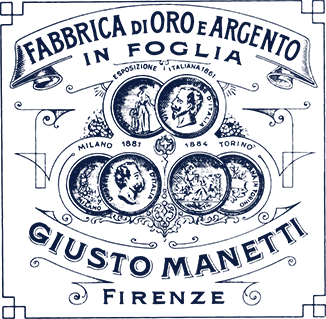What is water gilding?
Water gilding is one of the oldest ways to apply pure gold leaf, silver leaf and – less frequently – imitation leaf. A centuries-old tradition handed down from artisan to artisan has brought this art into modern times. Today the art of water gilding is substantially identical to how it was done in the old days. Its name comes from the use of water and its compounds both in the preparation of the base and in the application of the leaf.
This technique (also called gouache gilding) is used especially in gilding restoration, when repairing missing or damaged parts of furniture, frames and period artefacts. It is also particularly suitable when creating faithful replicas of antiques and for pieces that have very shiny surfaces or which alternate between shiny and opaque sections.
Unlike the various gilding techniques that use size, water gilding can be finished with burnishing, which is a special finishing process that completely or partially polishes the gilded surface.
More difficult and labour-intensive than size gilding, it is the best solution to show the three-dimensionality of surfaces or to work on extremely fine gilded details.
It is mainly used for:
• Wood frames
• Statues
• Restoration of gilded furniture, frames and artefacts




